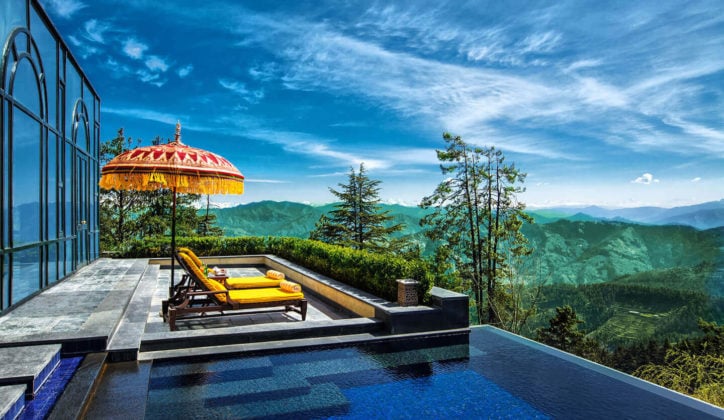A humble mountain village until the 19th century, British officers and officials who were taken by the region’s familiar climate began building ‘pucca’ houses here for use as a retreat from the hot Indian summers. It soon became the office summer capital of the British Raj and a centre of the European social scene, hosting high society balls and raucous parties.
Grand houses, the Gothic Christ Church, a library, theatre and connecting dramatic railway were constructed (the railway itself is a UNESCO World Heritage Site), and it was made capital of the undivided Punjab.
Today it is the capital of the mountainous Himachal Pradesh state, its largest city despite being home to just 170,000 people, and a centre for education and culture. Shimla’s climate is as appealing as ever and it remains a favourite for Indian’s escaping the heat of the south and as a jumping off point for explore the Himalayas further north. During the winter months, a blanket of snow makes it even more attractive.
The pedestrianised centre is wonderful to explore on foot, despite the topography, and there are a charming collection of bustling bazaars to be found off the winding main street, the Mall, which follows the spine of the ridge.
Accommodation in Shimla
Here are some of our travel designers' favourite options











